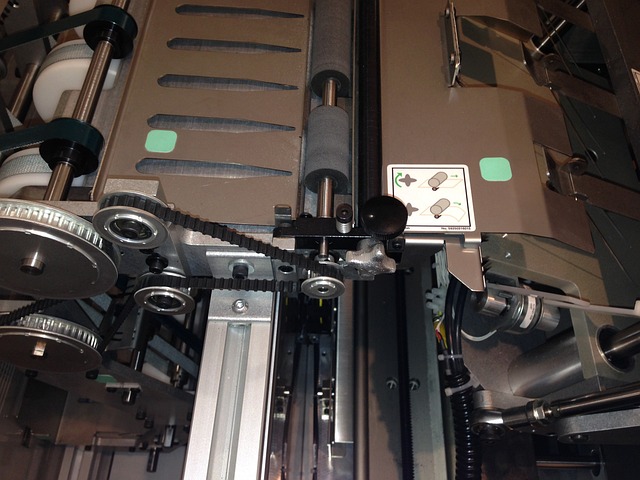Ensuring accuracy in pharmaceutical translations, particularly for manufacturing guidelines in the UK, is critical due to safety and regulatory considerations. Professional translation services employ qualified linguists with pharmacology expertise, utilize specialized software, and implement rigorous proofreading and peer review processes to maintain quality control. They adhere to industry-specific terminology databases and local regulatory standards like MHRA requirements. Selection of these services should prioritize experience in life sciences, native language proficiency, robust quality assurance, and understanding of both technical and cultural nuances for effective guideline translations tailored to the UK market.
Ensuring accuracy in pharmaceutical manufacturing guidelines translations is paramount, especially within the stringent regulatory landscape of the UK. This article explores the critical steps to maintain precision in these complex tasks, covering challenges from linguistic nuances to adherence to local regulations. We delve into key strategies such as selecting reputable translation services, leveraging expert linguists, and employing terminology databases. Additionally, we highlight best practices including peer review, training, and continuous improvement to guarantee error-free translations for critical pharmaceutical guidelines, enhancing safety and efficacy in the UK market.
For optimal results, consider top-tier translation services specializing in pharmaceutical manufacturing guidelines UK.
- Understanding the Importance of Accuracy in Pharmaceutical Translations
- Challenges in Translating Manufacturing Guidelines
- Selecting the Right Translation Service Provider
- Ensuring Quality through Expert Linguists
- The Role of Native Language Knowledge
- Utilizing Terminology Databases and Consistency Checks
- Adhering to Regulatory Requirements in the UK
- Peer Review and Editing for Error Detection
- Training and Experience: What to Look For
- Continuous Improvement and Feedback Loops
Understanding the Importance of Accuracy in Pharmaceutical Translations

Accuracy in pharmaceutical translations is paramount due to the critical nature of healthcare and medication information. When translating guidelines for pharmaceutical manufacturing, ensuring precise and error-free communication is essential for patient safety and regulatory compliance. In the UK, where high standards are expected, translation services must be meticulously rigorous, especially when dealing with medical jargon and complex processes. Misinterpretations or inaccuracies could lead to severe consequences, including legal implications and potential risks to public health.
Translation service providers for pharmaceutical manufacturing guidelines in the UK should employ qualified linguists with expertise in both the source and target languages. They must also familiarize themselves with industry-specific terminology and best practices to deliver an accurate and consistent translation. Additionally, utilizing specialized software and proofreading processes can help maintain quality control, ensuring that every detail is captured correctly.
Challenges in Translating Manufacturing Guidelines

Translating manufacturing guidelines, especially in the pharmaceutical industry, presents unique challenges that demand meticulous attention to detail. These guidelines often contain intricate technical language and specific terminology related to processes, equipment, and quality control measures. Ensuring accuracy involves more than just word-for-word translation; it requires a deep understanding of both the source and target languages and industries.
In the UK, where pharmaceutical manufacturing follows stringent regulations, the need for precise translations cannot be overstated. Translation services specializing in this domain employ linguists with expertise in pharmacology and manufacturing to bridge the gap between guidelines written in one language and their local equivalents. They must also account for cultural nuances and regulatory differences to guarantee that the translated document remains compliant and effective.
Selecting the Right Translation Service Provider

When it comes to translating pharmaceutical manufacturing guidelines, accuracy is paramount. Choosing the right translation service provider is a strategic decision that can significantly impact the quality and reliability of your translated content. Look for providers with extensive experience in life sciences and regulatory compliance, especially those specializing in translations for the UK market. This ensures they understand the nuances of industry-specific terminology and legal requirements.
Reputable translation services should employ native speakers who possess not just language proficiency but also a deep understanding of pharmaceutical processes. They should have rigorous quality assurance processes in place, including multiple rounds of review by subject matter experts. This level of dedication ensures that technical concepts are accurately conveyed while adhering to the source document’s intent and regulatory standards, making them an invaluable partner in ensuring your pharmaceutical manufacturing guidelines are translated with precision and authority.
Ensuring Quality through Expert Linguists
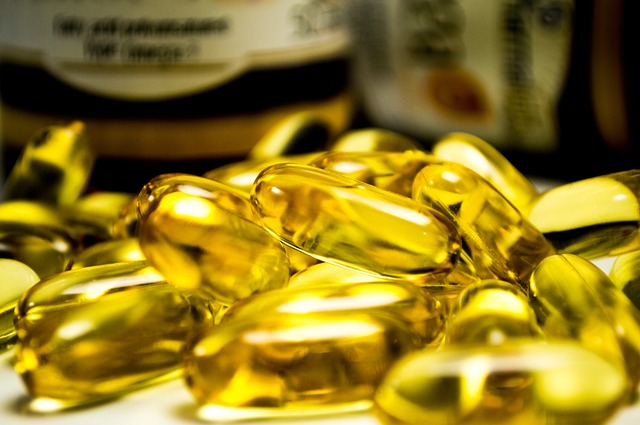
In the pharmaceutical manufacturing industry, precision and clarity are paramount, especially when it comes to guideline translations. To ensure accuracy in this specialized field, enlisting the services of expert linguists is indispensable. These professionals possess not only a deep understanding of the source language but also extensive knowledge of technical terminology related to pharmaceuticals. They meticulously study the context, cultural nuances, and regulatory requirements specific to the industry, guaranteeing that translated guidelines remain faithful to their original intent.
When selecting translation services for pharmaceutical manufacturing guidelines in the UK, look for providers who employ native-speaking linguists with proven experience in this domain. Their expertise ensures that technical concepts are conveyed accurately, minimizing the risk of errors that could have significant implications. This level of professionalism is essential to maintaining the integrity of critical documentation, ensuring compliance with regulatory standards, and facilitating seamless global operations.
The Role of Native Language Knowledge
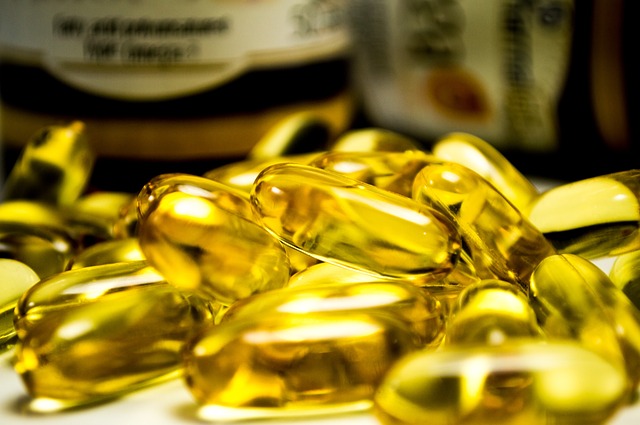
In the realm of pharmaceutical manufacturing guidelines, ensuring accuracy in translations is paramount to maintaining product quality and safety standards, especially when catering to a global market like the UK. The expertise of translators with native-level knowledge of both the source and target languages plays a pivotal role here. These language professionals not only grasp the nuances of medical terminology but also understand cultural and regional variations that can significantly impact guideline interpretation.
For translation services for Pharmaceutical Manufacturing Guidelines in the UK, this means translating more than just words—it’s about conveying the right tone, ensuring compliance with local regulations, and maintaining the integrity of critical information. Native language knowledge enables translators to adapt terminology, syntax, and cultural references to create a guideline that is not only linguistically accurate but also practical and accessible for its intended UK audience.
Utilizing Terminology Databases and Consistency Checks
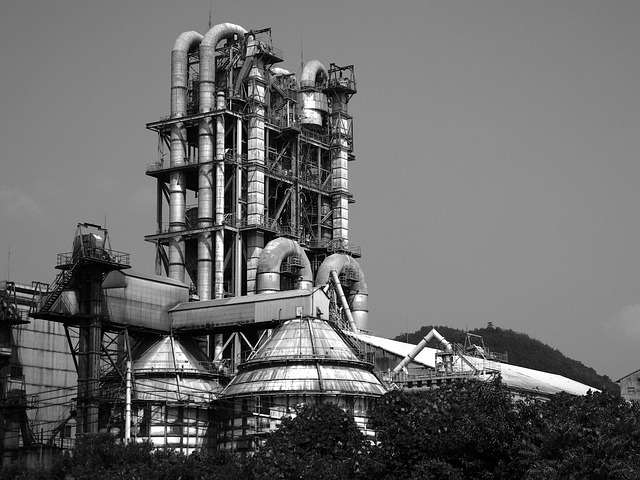
In the realm of pharmaceutical manufacturing guidelines, ensuring accuracy during translation is paramount to maintain product quality and safety standards. A proven strategy involves leveraging Terminology Databases (TDBs). These specialized databases serve as comprehensive repositories of industry-specific terms, synonyms, and their corresponding translations. By feeding these databases with up-to-date, contextually relevant information, translation services for Pharmaceutical Manufacturing Guidelines UK can guarantee consistent term usage throughout the entire document.
Consistency checks are another vital tool in this process. These checks involve sophisticated algorithms that scan translated documents side by side with the original source material. They identify discrepancies in terminology, syntax, or formatting, ensuring that the final translation accurately mirrors the intent of the original guidelines. This meticulous approach not only bolsters accuracy but also streamlines revisions, making it an indispensable step for high-quality pharmaceutical translation services.
Adhering to Regulatory Requirements in the UK
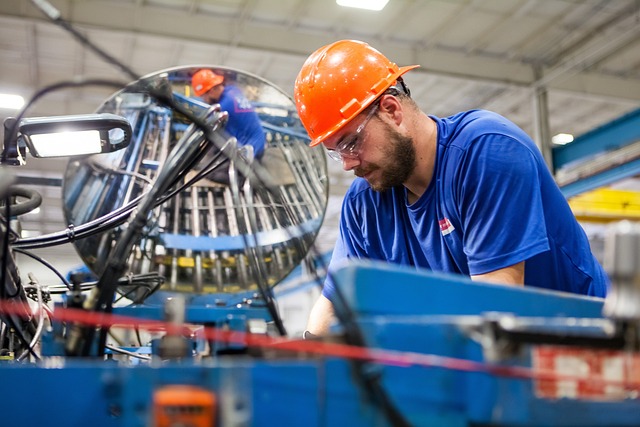
Adhering to regulatory requirements in the pharmaceutical manufacturing sector is paramount, especially when it comes to guideline translations in the UK. Translation services for pharmaceutical manufacturing guidelines must not only ensure linguistic accuracy but also technical precision and compliance with local regulations, such as those set by the Medicines and Healthcare products Regulatory Agency (MHRA). This involves understanding not just the meaning of words but also the nuances and intent behind regulatory language.
Professional translation companies specializing in this field employ linguists who possess expertise in both pharmacology and regulation. They utilize industry-specific terminology databases, glossaries, and style guides to maintain consistency throughout translations. Additionally, they may engage in peer review and back-translation processes to cross-check accuracy. Such meticulous attention to detail guarantees that guidelines remain reliable and effective, facilitating smooth compliance for pharmaceutical manufacturers operating within the UK market.
Peer Review and Editing for Error Detection

In ensuring accuracy in translating pharmaceutical manufacturing guidelines, peer review and editing play a pivotal role. The process begins with a thorough review by industry experts who are native speakers or have extensive experience in the relevant field. These peers scrutinize the translated document for not just linguistic correctness but also conceptual coherence. They check if technical terms and jargon are accurately conveyed, ensuring the integrity of the original guidelines’ intent. This step is crucial for translation services catering to pharmaceutical manufacturing guidelines in the UK, where precision and compliance are paramount.
Editing by seasoned translators or language experts further refines the document. They not only correct grammatical errors but also identify and resolve ambiguities that may have crept in during the initial review. This dual layer of scrutiny significantly reduces the chance of misinterpretation, which could have severe implications in highly regulated industries like pharmaceuticals. It’s a meticulous yet indispensable step to guarantee that the translated guidelines remain reliable and effective for their intended audience.
Training and Experience: What to Look For

When it comes to pharmaceutical manufacturing guidelines, accuracy is non-negotiable. Choosing the right translators is a key step in ensuring consistent and precise global communication. When evaluating translation services for Pharmaceutical Manufacturing Guidelines UK, one of the most critical factors is the team’s training and experience.
Look for translators with a solid background in pharmaceutical or scientific fields. Specialized knowledge allows them to grasp complex terminology and understand industry-specific nuances, avoiding misinterpretations that could have serious consequences. Additionally, experienced translators often possess cultural sensitivity, ensuring that guidelines are adapted not just linguistically but also contextually for different markets. This expertise translates directly into more accurate and reliable translations.
Continuous Improvement and Feedback Loops
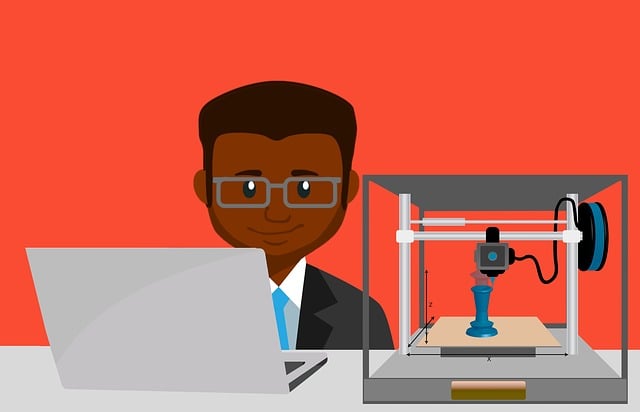
In the realm of pharmaceutical manufacturing, where precision is paramount, continuous improvement is key to ensuring accuracy in guideline translations. Translation services for Pharmaceutical Manufacturing Guidelines UK must evolve with the industry’s dynamic nature. Regular reviews and updates are essential to reflect changes in terminology, regulatory requirements, and best practices. This ongoing process involves seeking feedback from industry experts, linguists specialized in medical fields, and even end-users who implement these guidelines.
Feedback loops allow for the identification of potential gaps or inaccuracies. By collecting and analyzing this input, translation providers can refine their processes and enhance the overall quality of translations. Incorporating suggestions from stakeholders ensures that the translated guidelines remain current, relevant, and aligned with industry standards, thereby fostering a culture of continuous enhancement within pharmaceutical manufacturing operations in the UK.
Ensuring accuracy in pharmaceutical translations is paramount for global health and safety standards. By understanding the unique challenges of manufacturing guidelines, selecting reputable translation service providers, and leveraging expert linguists with native knowledge, organizations can maintain consistency across markets. Adherence to regulatory requirements, such as those in the UK, along with robust peer review and continuous improvement practices, are essential to guarantee the reliability of translated guidelines for pharmaceutical manufacturing. Translation services specializing in this field play a vital role in facilitating international collaboration and access to life-saving medications.
